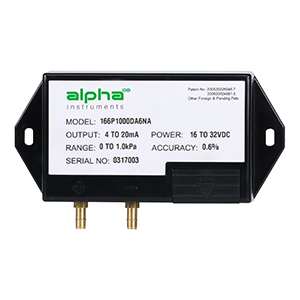The static characteristic of the low differential pressure sensor refers to the relationship between input and output when the input quantity is in steady state or a slowly changing signal. On account of at this time the input quantity and output quantity are not related to time, so the relationship between them, that is, the static characteristic of the low differential pressure sensor can be an algebraic equation without time variables, or using the input quantity as the abscissa and the corresponding output quantity as the ordinate to describe the characteristic curve. The main parameters that characterize the static characteristics of the low differential pressure sensor are linearity, sensitivity, hysteresis, repeatability, drift, etc.
(1) Linearity:
Linearity refers to the degree to which the actual relationship curve between the output quantity and input quantity of the low differential pressure sensor deviates from the fitting straight line. It is defined as the ratio of the large deviation value between the actual characteristic curve and the fitting straight line to the full-scale output value within the full range.
(2) Sensitivity:
Sensitivity is an important indicator of the static characteristics of a low differential pressure sensor. It is defined as the ratio of the increment of the output quantity to the increment of the corresponding input quantity that caused the former. And the sensitivity is represented by S.
(3) Hysteresis:
The phenomenon that the input and output characteristic curves of the low differential pressure sensor do not coincide during the change of the input quantity from small to large (positive stroke) and from large to small (reverse stroke) is called hysteresis. For the input signals of the same size, the positive and reverse stroke output signals of the low differential pressure sensor are not equal, and this difference is exactly called the hysteresis difference.
(4) Repeatability:
Repeatability refers to the degree of inconsistency of the characteristic curve obtained when the input quantity of the low differential pressure sensor changes continuously for several times in the same direction within the full range.
(5) Drift:
The drift of the low differential pressure sensor refers to the phenomenon that output quantity of the differential pressure sensor changes with time when the input quantity is unchanged, which is called drift. There are two reasons for drift: one is the structural parameters of the low differential pressure sensor itself; the other one is the surrounding environment (such as temperature, humidity).



